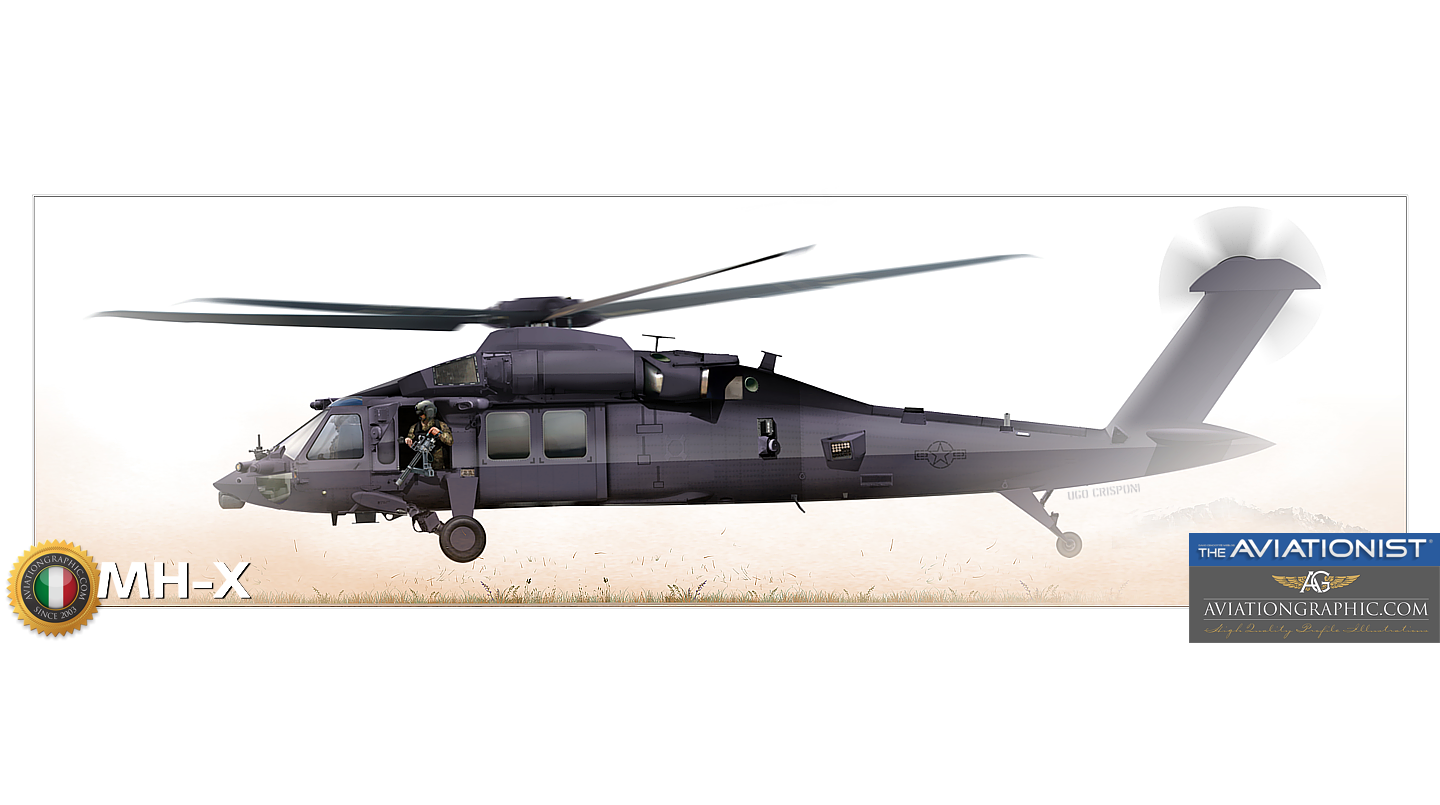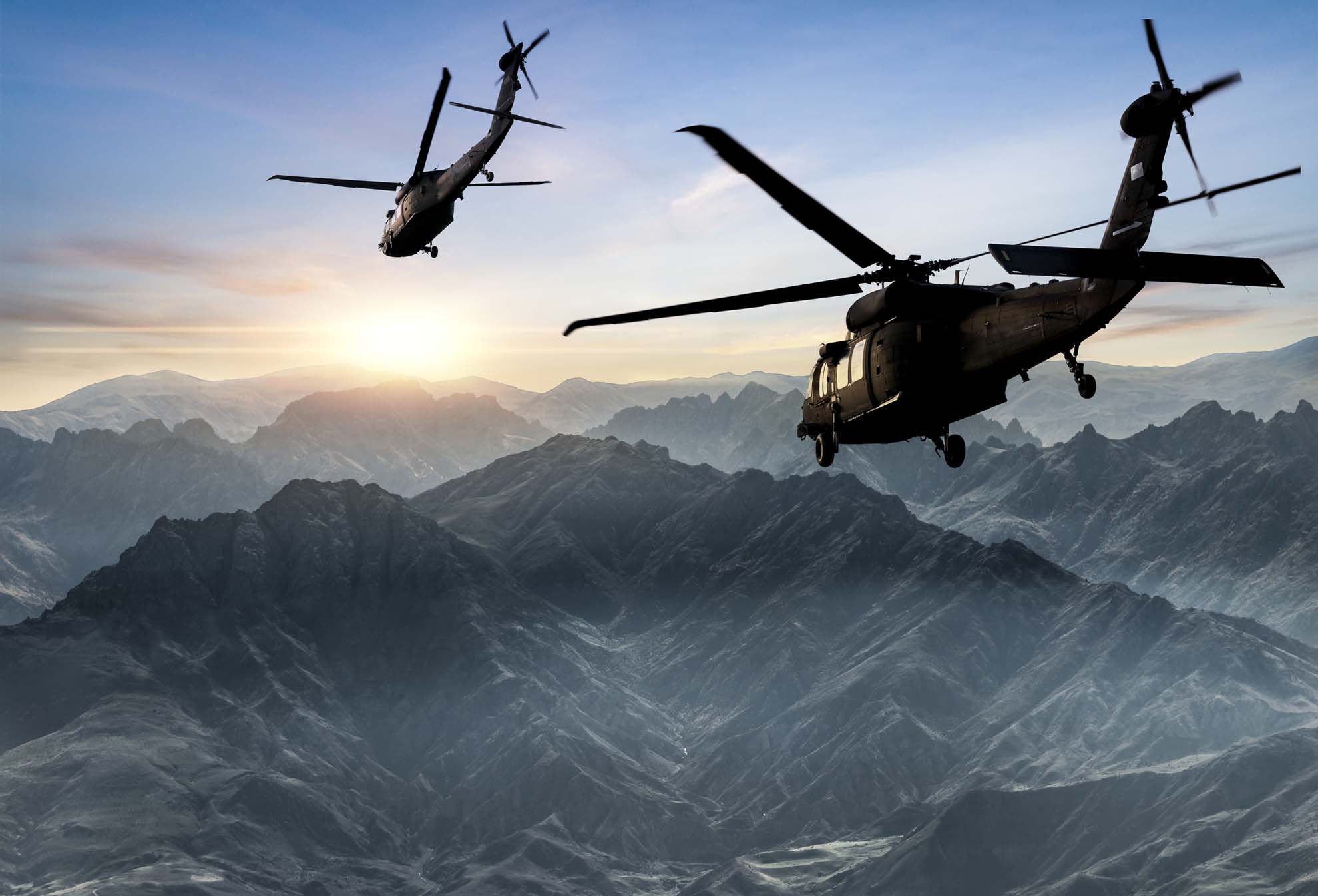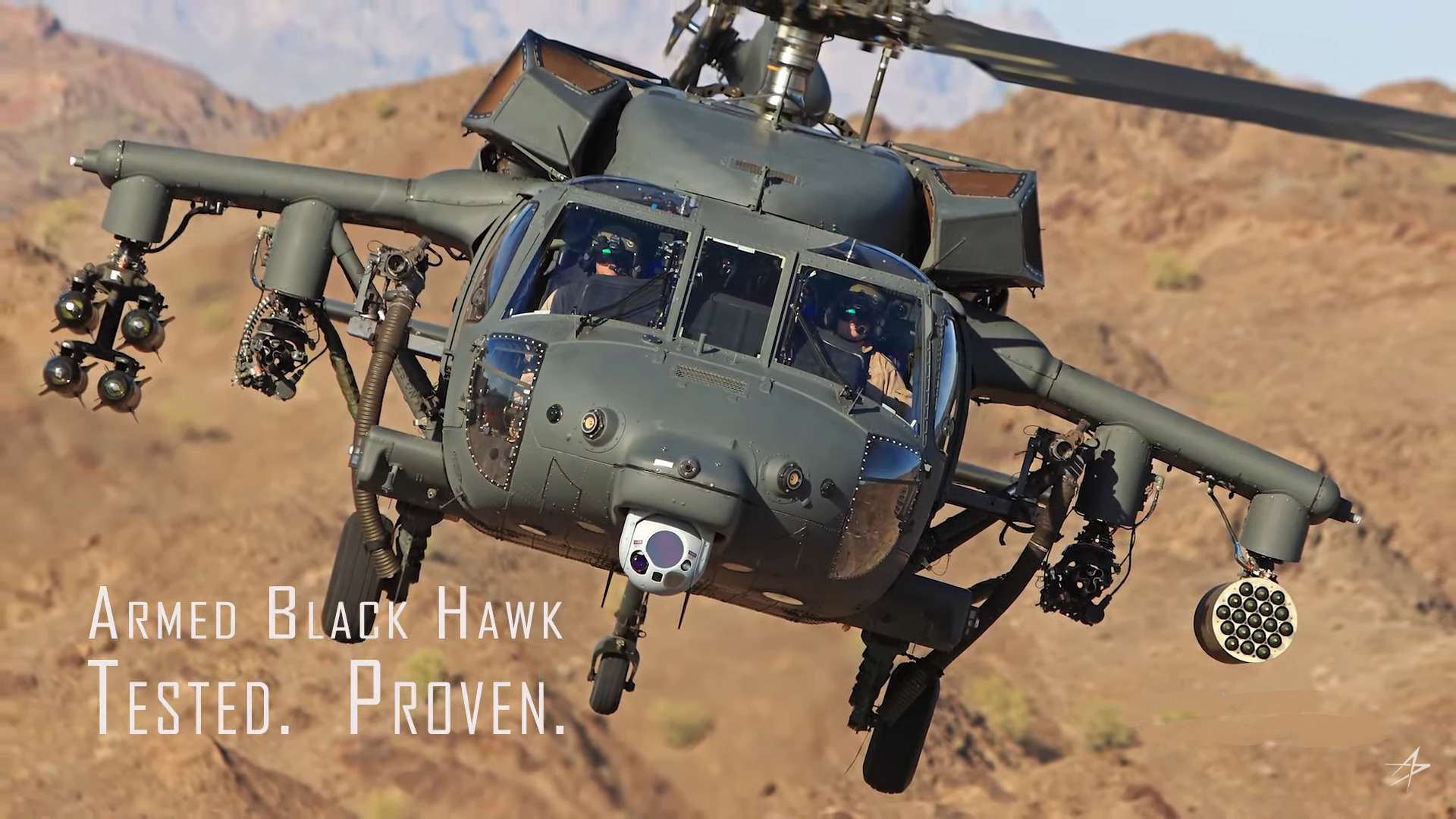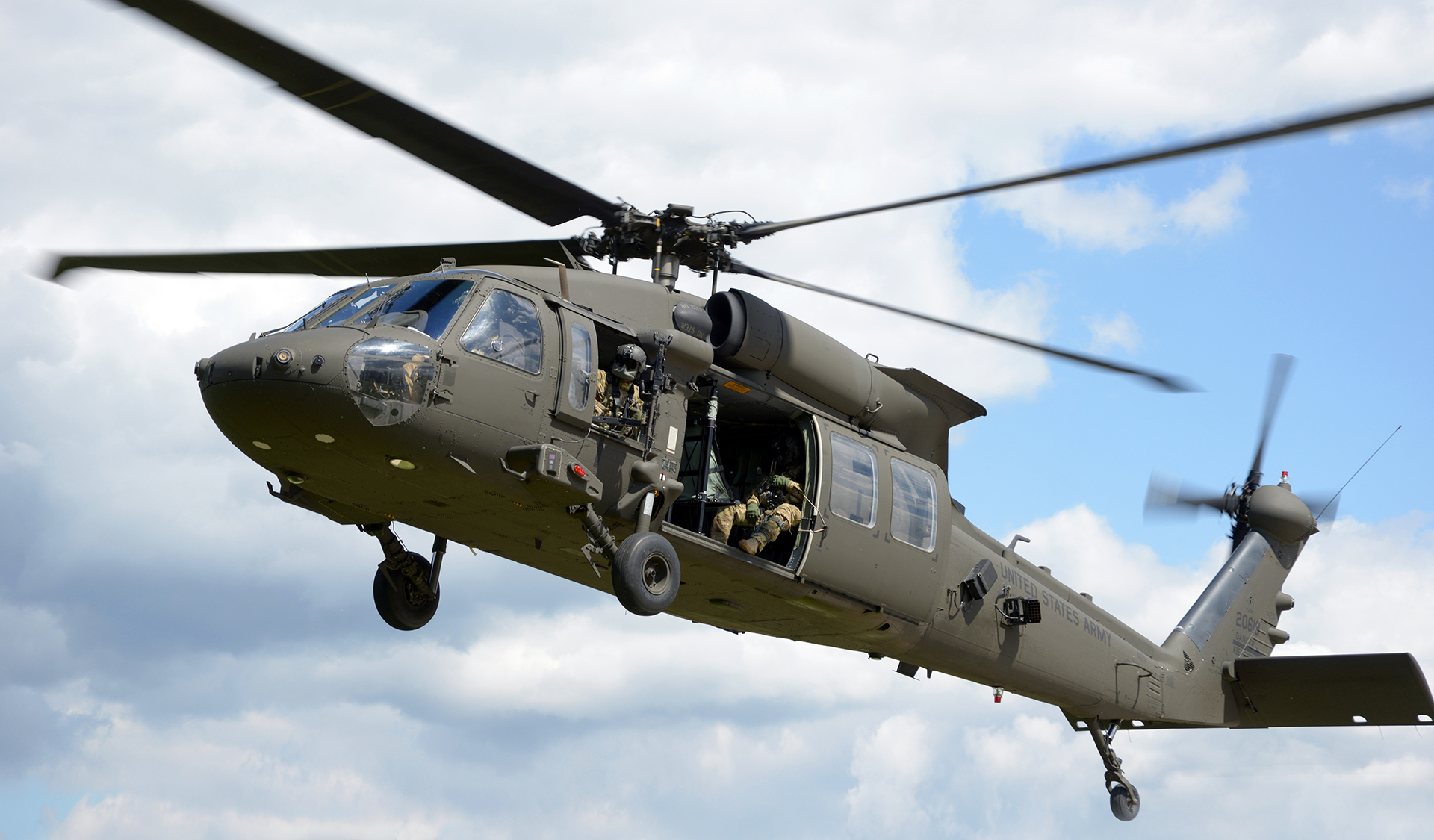Checking Out the Thrills and Innovations of the Blackhawk Helicopter
The Blackhawk helicopter stands as a testament to army aeronautics's advancement, merging technological innovations with functional applications. Since its intro in the 1960s, it has transformed the landscape of airborne support, boasting attributes that improve its efficiency in numerous functional functions. As we explore its historical significance and essential advancements, one must take into consideration how forthcoming developments might redefine its capabilities. What exists in advance for this renowned aircraft, and just how will emerging innovations shape its future in armed forces procedures?
History of the Blackhawk Helicopter
Because its inception in the 1960s, the Blackhawk helicopter has played a critical duty in modern-day military aeronautics. Developed by Sikorsky Airplane, the UH-60 Blackhawk was made to meet the U.S. Military's need for a flexible utility helicopter efficient in carrying out a selection of goals, including troop transport, clinical discharge, and cargo airlift. The design was a response to the constraints of earlier helicopters, particularly in terms of maneuverability, speed, and survivability.
The Blackhawk made its first trip in 1974 and soon entered service in 1979. Its introduction marked a considerable advancement in helicopter technology, featuring a two-rotor system that improved performance and stability. The aircraft's rugged construction and advanced avionics permitted it to run successfully in varied environments and problems.
Throughout the years, the Blackhawk has actually been constantly upgraded, incorporating lessons gained from numerous fight circumstances. Its implementation in conflicts such as the Gulf Battle, Somalia, and the Battle on Fear additional solidified its track record as an important possession. The Blackhawk's legacy is characterized by its flexibility and resilience, making it a cornerstone of army aeronautics for decades.
Secret Functions and Specifications
The Blackhawk helicopter is identified by its robust style and progressed technological attributes, which jointly improve its operational capacities. Created mainly for energy objectives, the Blackhawk flaunts a maximum departure weight of around 22,000 pounds, permitting it to lug considerable payloads while keeping agility.
Equipped with two General Electric T700-GE-701C engines, the Blackhawk attains an optimal speed of around 183 knots and a series of 368 nautical miles - Blackhawk Helicopter. Its advanced rotor system includes a four-blade main blades and a four-blade tail blades, ensuring security and maneuverability in numerous flying problems
The helicopter's cabin can accommodate as much as 11 soldiers or different cargo configurations, showcasing versatility in objective profiles. In addition, the Blackhawk is designed with innovative avionics, including electronic flight controls and a comprehensive cockpit screen, improving pilot situational recognition.
For enhanced survivability, the Blackhawk integrates ballistic armor and self-sealing gas tanks. Its capability to run in diverse settings, from deserts to icy terrains, even more strengthens its reputation as a trustworthy system for altruistic and army operations alike. The Blackhawk's combination of strength, flexibility, and power makes it a cornerstone of contemporary aerial abilities.
Advancements in Modern Technology
Technologies in modern technology have considerably enhanced the capabilities of the Blackhawk helicopter, ensuring it stays at the leading edge of armed forces aviation. One of one of the most notable developments is the assimilation of innovative avionics systems, which provide improved situational awareness through real-time information processing and screen. This modern technology enables pilots to navigate intricate environments better, enhancing mission success prices.

In addition, the introduction of electronic fly-by-wire systems has revolutionized the control devices of the Blackhawk, offering smoother handling and raised responsiveness. Collectively, these technical developments guarantee that the Blackhawk helicopter continues to be an important property in modern army procedures.
Duties in Military Procedures
With advanced modern technology boosting its capabilities, the Blackhawk helicopter plays a diverse duty in army procedures. Primarily, it is learn this here now used for troop transport, making it possible for rapid implementation and extraction of workers in numerous combat scenarios. Its spacious cabin can suit up to 11 troops, making it an essential asset for unique operations and large-scale objectives.
Furthermore, the Blackhawk works as a medevac system, equipped to move injured soldiers swiftly and successfully from the combat zone to medical facilities - Blackhawk Helicopter. Its convenience encompasses logistical assistance, where it carries supplies and devices important for maintaining army procedures in remote locations

The helicopter is also critical in reconnaissance objectives, offering aerial surveillance and intelligence-gathering capacities. Its capacity to operate in varied settings-- ranging from metropolitan settings to extreme surfaces-- additional solidifies its importance on the combat zone.
In Addition, the Blackhawk can be furnished with advanced weapons, enabling it more information to engage in combat and give close air support. This flexibility highlights the helicopter's essential role in modern-day armed forces approaches, making it a crucial element of armed forces worldwide.
Future Dopes and Innovations
Developments in modern technology guarantee to introduce a brand-new era for the Blackhawk helicopter, enhancing its capabilities and functional effectiveness. As the army landscape develops, so also does the emphasis on integrating cutting-edge modern technologies into rotary-wing airplane. Future developments for the Blackhawk might include improvements in avionics, such as advanced trip control systems and improved situational understanding tools powered by artificial intelligence. These innovations will promote more precise navigation and decision-making in intricate environments.
In addition, the integration of unmanned systems is on the horizon, potentially enabling manned-unmanned teaming operations that can broaden objective accounts and lower risk to workers. The Blackhawk's layout is also expected to incorporate lighter and stronger products, improving fuel effectiveness and total performance.

Final Thought
Finally, the Blackhawk helicopter represents a considerable success in military air travel, identified by its adaptability and advanced technical attributes. Its historical development mirrors a continual action to functional demands, enhancing abilities in different duties such as army transport and medevac operations. Continuous advancements, consisting of view publisher site the integration of expert system and hybrid-electric propulsion, assure to more strengthen the Blackhawk's effectiveness and significance in future military engagements, ensuring its condition as a crucial asset on the battleground.

With advanced innovation boosting its capacities, the Blackhawk helicopter plays a multifaceted role in military operations. (Blackhawk Helicopter)
Comments on “Learn more about the Maintenance and Upgrades That Keep the Blackhawk Helicopter Mission-Ready”